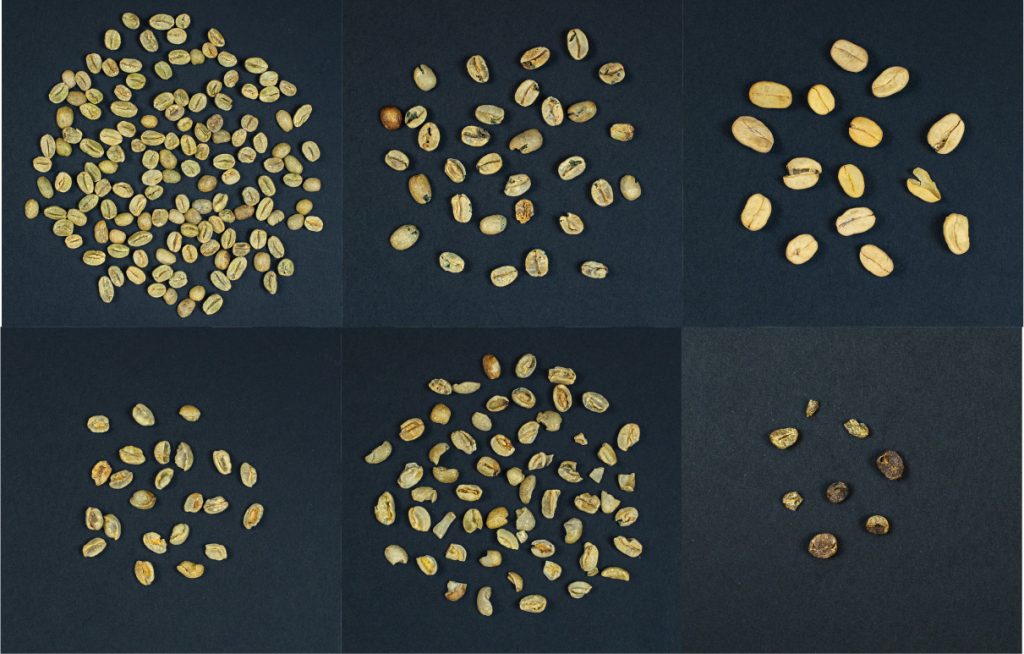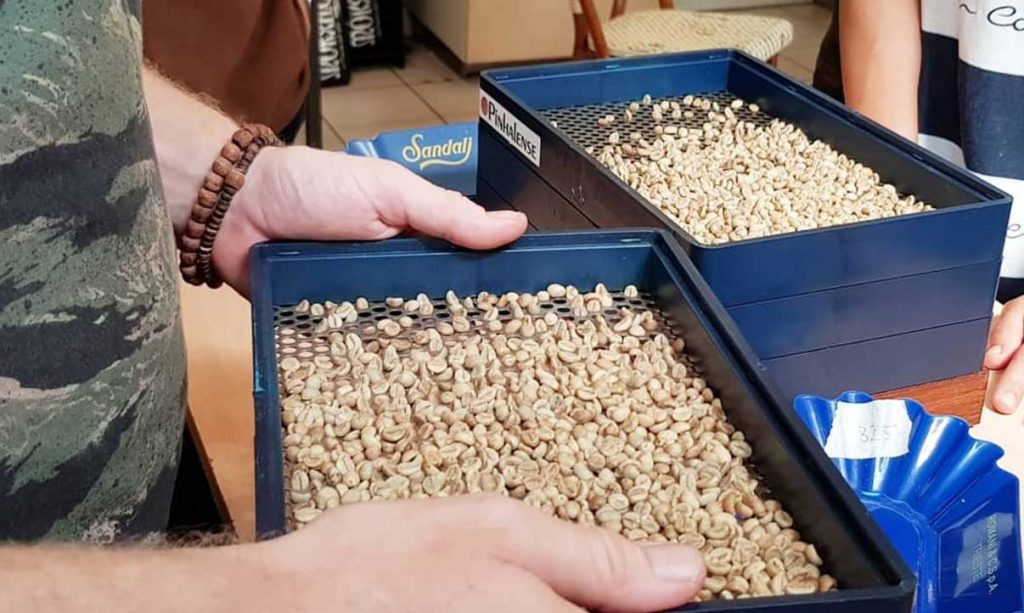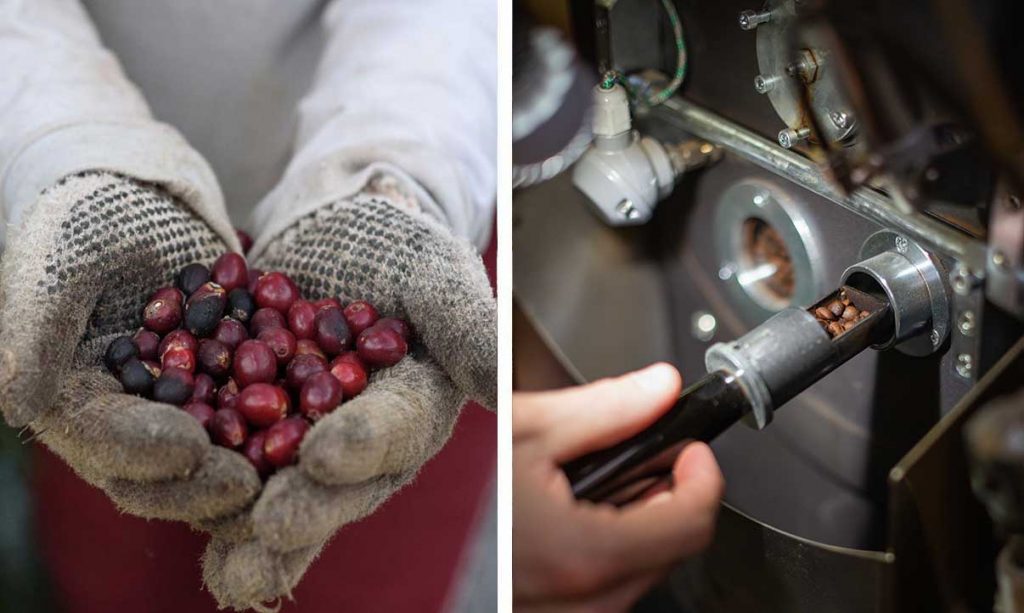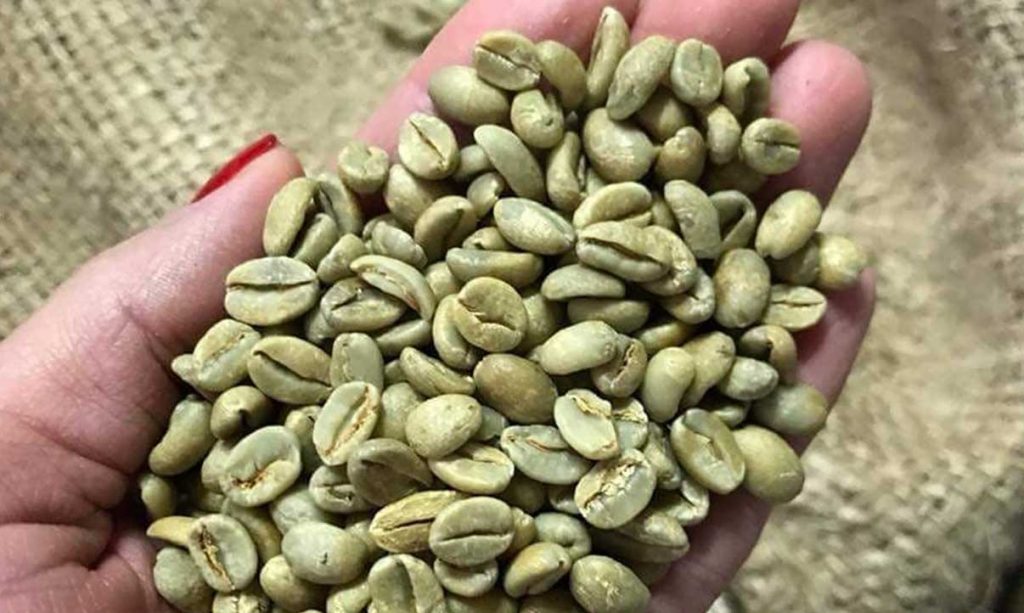The international coffee price, particularly on the commodity market, is based not only on the number and type of defects found in a sample of about 300 grams of coffee. But what are these defects that we can find in coffee? Can we taste them (and if so, how) in the cup? And in which coffees do we mainly find them?
The main coffee defects

Coffee defects refer to any unwanted characteristic or defect that negatively affects the taste, aroma or overall quality of coffee. The most common defects are:
- Mold: The smell or taste of mold in coffee can be caused by humidity during storage or transportation of the beans, or more frequently during the processing stages on the plantation, especially during drying and fermentation or even in the field, if the coffee cherry falls to the ground and stays there for too long.
- Fermentation: If coffee beans are left to ferment for too long or in an uncontrolled manner, they can also develop a sour or vinegar-like taste. This defect is often caused by improper processing or drying of the beans.
- Earthiness: This defect has a strong taste, reminiscent of earth or mud. It can be caused by the presence of dirt or other contaminants in the coffee beans. This defect is typical of coffee that has been processed using the “natural” method and quite common in robusta coffee, which due to its low price, often also has a low level of selection and care.
- Acidity: While a certain level of acidity is desirable in coffee, too much acidity can give coffee a sour taste. The factors that cause this defect are varied, including the amount of certain minerals in the soil, possible drought and fermentation process.
- Woodiness: This defect is characterized by a woody or cardboard-like taste, which can be caused by the presence of very old or poorly stored coffee beans in the blend.

Why is specialty coffee considered superior to commercial coffee?
Specialty coffee is a coffee that has been rated at 80 or more points on a scale of 100 points during tests conducted by certified coffee tasters (Q graders). To be considered “specialty coffee”, the beans must be free of the defects we have just listed and have a unique and distinct organoleptic profile and flavor. In contrast, commercial coffee will not have this extraordinary aroma and may have defective beans.
One of the main reasons why specialty coffee is considered superior to commercial coffee is due to the attention paid to the quality of the beans, which results in a superior taste and aroma experience and due to the attention paid to selection and care throughout the entire production process, from the plant’s growth to the extraction in the cup.

Specialty coffee beans are traceable, meaning they come from specific farms dedicated to this particular type of cultivation. Roasting companies know how to work with these types of coffee to enhance their unique flavors and characteristics, roasting in small batches and thoroughly controlling the entire roasting process while ensuring optimal levels. In contrast, commercial coffee is often obtained from a blend of beans from various origins and may be roasted at a darker level to mask any defects, as well as in large batches to result in a more uniform and less distinct taste.
Conclusion

In conclusion, the difference between high-quality coffee and defective coffee lies in the presence or absence of defects and unwanted characteristics. Specialty coffee is considered superior to mass-market coffee due to the attention to detail and care put into the production process by all actors involved, from producing and cultivating high-quality beans to storage and perfect roasting to bring out the unique flavors and characteristics of these coffees. Whether it’s a light or dark roast, a single origin or blend, there is a specialty coffee out there that will suit your taste and provide you with a truly enjoyable and unique coffee experience!

